Marketing And Sales Glossary: Terms to Know
(last updated September 9, 2022)
Every group and industry has a shared working language full of terms that can sometimes unintentionally make others feel excluded.
If you’ve ever been in a meeting in another industry, you know exactly what it feels like when they speak confidently about a term, and you’ve never heard of it. How does it feel when you’re asked to comment on it or contribute to it?
You feel like an outsider.
Sharing terms so that no one ever feels left out of conversations is part of what it means to be a true partner to clients.
In that spirit, we put together some industry terms that we sometimes use when discussing issues around sales, marketing, and website development.
Terms highlighted in green direct you to Growth blog articles or services to give you more information if you need it.
A/B Testing
An A/B test compares two versions of a webpage, landing page, CTA, etc. to determine which one performs better with users. Performing an A/B test allows data analysis to inform improvements for digital marketing.
Advertising
Highlighting a product, service, or business through paid broadcasting that is digital or print in order to drive sales.
Analytics
Tracking data and creating meaningful patterns from it that inform future marketing endeavors. The data can come from website traffic, conversions, social media, etc.
Annual Recurring Revenue
Repeating income for one calendar year. It’s often subscription-based revenue. You may see it referred to as ARR.
Artificial Intelligence (AI)
A computer, machine, or software system or process that has the ability to mimic human intellect and learns from input. AI programs can display image perception, reasoning, and voice recognition.
Baseline
The starting point from which comparisons are made for analysis, performance improvement, forecasting, and strategy creation.
Blogging
A primary component of the inbound marketing method, blogging helps to drive website traffic, builds thought leadership and authority, and drives leads.
A blog is a digital, web-based log that shares knowledge, experience, and information on a website on a regular basis.
Bottom of the Funnel (BOFU)
The last stage in the buying process. At this stage, leads are fairly ready to buy and are highly interested in a demo, a call, or a free consultation.
Bounce Rate
The percentage of website users who find a page of your website and leave quickly without engaging.
Brand
When thinking about specific products, services, and activities of a company—both in a practical and emotional way—the brand is the idea or image people have in mind when they think of a business or person.
Brick and Mortar
A business (usually client-facing) with a physical store instead of (or in addition to) an online store.
Business-to-Business (B2B)
A business that provides products or services to other businesses.
Business-to-Consumer (B2C)
A business that provides products and services to consumers.
Buyer’s Journey
The active research process a potential buyer goes through before making a purchase. The stages of this journey include: 1) becoming aware of a need 2) considering different solutions to fulfill that need, and 3) making a decision between the different solutions.
Buyer Persona
The buyer persona is a specific representation of your ideal buyer that helps marketers and sales define their ideal audience. It is developed through the analysis of market research, data and hypothesis.
Call to Action (CTA)
In marketing and advertising, the CTA tells your audience what specific action you want them to take. Examples of a CTA are: “See it in action, get a quote, contact us, join today.”
Churn
The percentage of customers who cancel a product or service within a specific time period.
Click Through Rate (CTR)
A number that represents the actual “clicks” inside a website or marketing campaign a prospect took divided by the number of “clicks” a prospect could have taken.
Cold Calling
In sales, this means to call or approach a prospect by phone or face-to-face without having any prior interactions with them before.
Cold email
In sales, this means emailing a prospect without having any prior interactions with them before.
Comparative Advertising
Marketing or advertising that focuses on comparing one company, brand, firm, or organization to another.
Content
Written, imagistic, video, or audio information created to inform, educate, or influence people.
Content Management System (CMS)
A software program designed to help manage the creation of content through assistance with editing, indexing, archiving, navigation, and analysis of data derived from user interaction with created content on your website.
Conversion
In marketing, conversion occurs when a visitor to your website completes a desired goal. For example, a visitor converts to a lead when they engage with a call-to-action. If they purchase something, they convert from a lead to a customer.
Conversion Path
The path a prospect goes through to become a lead. Actions along this path can include clicking on a call to action, a lead form, a thank you page, or downloading content.
Conversion Rate
The percentage of website visitors who become leads through their engagement with the desired goals of the site such as downloading content, requesting a quote, signing up for a newsletter, or any other activity beyond browsing. A high conversion rate is a strong indicator of a successful website.
Corporate Identity
The specific symbols, colors, logos, etc. that constitute the public image of an organization.
Cost Per Lead (CPL)
In marketing, the total cost that it takes to acquire a lead.
Cost Per Click (CPC)
An advertising metric that marketers use to understand how much should be paid for an ad based on how many clicks the ad receives. CPC is most often used with Google Adwords and Facebook ads.
Cost-Based Pricing
A strategic form of pricing intended to cover the expenses of running your business.
Customer Acquisition Cost
A measurement that allows you to assess the cost of scaling up your business.
It can be calculated by dividing the time and money spent on customer acquisition for a specific period of time by the number of new customers gained.
(Money + Time Spent)/Number of New Customers
Customer Loyalty
When a consumer is a repeat buyer of a product, service, or brand.
Customer Relationship Management (CRM)
Software that helps you organize all of your marketing and sales activities, including storing contact information, tracking emails, storing deals, and more.
Cyber Monday
This is the Monday directly following Black Friday. For an eCommerce store, this is the day with the best/most deals and sales, and, typically, the heaviest flow of traffic.
Dark
A term used to describe a prospect who no longer responds to any type of communication.
(Example: Ms. Jones went dark.)
Deal Closing
A prospect agrees to purchase a product or service and completes a sales transaction.
Decision-Maker
The person in a position to make the final choice about buying a product or service.
Demographics
A specific profiling aspect that takes into consideration age, gender, income, family life, social class, etc. It’s often used in segmentation or as focal points in marketing and advertising strategies.
Digital Marketing (Online Marketing)
Marketing to a target audience solely via the internet. It could involve inbound marketing, email marketing, content marketing, etc.
Direct Competition
Competitors that provide the exact same services as your establishment or firm.
Direct Mail
A means of advertising communication that reaches a consumer where they live or their place of business, through the mail, often based on demographics and/or geographical location.
Direct Marketing
Direct marketing deals directly with the ‘end user’ rather than a third party or middle person. It can also be seen as directly communicating with your primary target audience, and it can come in the form of advertising, marketing, or communications.
Discovery Call
The very first call with a prospect. The purpose is to find out if they’re a good fit to work with your organization.
Discovery + Strategy
A deep-dive data assessment into a company’s digital presence that includes a combination of SEO and website audits and competitive insights that present a strategy for a more efficient and successful way forward.
eBook
Also referred to as a lead magnet, eBooks are generally a piece of longer content designed to generate leads.
eCommerce
The means of selling products digitally on the internet.
Email List
This is generated from several sources, including users who have signed up for your newsletter, opted into a free offer, or have shown an interest in your brand in some way.
Email Marketing
Promoting your products and services by engaging with your audience via email.
Engagement
Keeping prospects and customers interested in your brand and invested in your success with the understanding that it’s to their benefit as well.
Engagement Rate
A measurement of likes, shares, comments, or other interactions a particular piece of content receives.
Evergreen Content
Content that is valuable to a reader today, in 5 years, and in 10 years. This “evergreen” content is timeless, offers the highest-quality information, and offers huge SEO benefits.
Flywheel
The Flywheel is a model that HubSpot uses to represent the momentum an organization gains when it aligns everything around creating an outstanding customer experience.
Forecasting
A prediction of marketing and sales trends that are likely to occur in the future.
This forecast is based on historical, quantitative, and qualitative data.
Friction
Any aspect of your website that is hard to understand, distracting, or causes visitors to move on from your page.
Geographic Segmentation
Segmenting a group of audiences based on where they live or where they are located.
Hashtag
A keyword phrase, written without spaces, with a # in front of it.
It allows you and your audience to interact and converse about specific topics on social media.
Ideal Customer Profile (ICP)
The type of customer who meets all the criteria you’re looking for in a prospect. In other words, your perfect client.
Inbound Marketing
Marketing your company by creating thought leadership in your industry via content, podcasts, video, eBooks, email broadcast, SEO, social marketing, etc., rather than through paid advertising.
Influencer Marketing
A type of social media marketing that utilizes endorsements and product or service posts from influencers. Influencers are people who have at least 10K followers and are viewed as experts in their niche.
Infographic
A type of content that is visual in nature, making complex information easy to understand and digest.
Internal Marketing
Efforts to offer a marketing plan to individuals and executives within your own firm to gain their approval and/or support.
Keyword
A specific word or phrase that describes the content of a webpage.
It should always align with your target audience.
Key Performance Indicator (KPI)
A means to measure the performance of various factors, from employee functions to marketing tactics. Tracking KPIs helps your organization achieve its goals.
Landing Page
A page on your website that houses a form that prospects will fill out and exchange their personal information for a lead magnet or free offer (such as an eBook, demo, or consultation).
Lead
An individual or a company that has shown interest in one of your products or services. This could be either an MQL (Marketing Qualified Lead) or an SQL (Sales Qualified Lead).
Lead Generation (Lead Gen)
Activities with the purpose of generating interest in your product or service.
These activities may include content marketing, advertising, referrals, and partnerships.
Lead Nurturing
Engaging and building relationships with potential customers through a variety of marketing techniques.
Lead Qualification
Determining whether a client fits your organization’s vision of the ideal customer.
Lifetime Customer Value
A prediction of the net profit attributed to the entire future relationship with a customer.
Loss Aversion
This refers to the psychological idea that people feel more negatively about losing money than they do about the prospect of getting money.
Long-Tail Keyword
A long tail keyword is actually a three- to five-word phrase that can target a niche demographic because of its specificity due to the inclusion of more keywords.
Margin
The profit gained from a product or service after all expenses for selling that product or service are covered.
Marketing Automation
This is the tool that lets you “automate” your marketing campaigns. Through lead nurturing, behavior-based strategies, and more, you can use marketing automation to send the right marketing messages to the right people at the right time.
Marketing Qualified Lead (MQL)
A lead that is ready to be handed over to the sales team. A person or business that recently had a positive interaction with your company: a discussion, a download, etc. that deems them worthy to move to the next level of the sales funnel.
Market-Based Pricing
Similar to competitive-based pricing in the sense that this type of pricing is based on the streamlined/current pricing for a specific product or service within the same industry.
Market Development
The act of taking an existing product or service to a new market.
Market Penetration
A strategy used to sell more of an existing product within the current markets it is being sold.
Market Research
High-intelligence research and development of a specific industry for the betterment of sound business decisions.
Marketing
The process of identifying, anticipating, and satisfying customer requirements in a profitable way.
Micro-Influencer Marketing
Marketing that is contracted with social network influencers who have between 10K and 15K followers. Because they are capable of engaging on a smaller scale, they inspire a great deal of trust in a brand among their followers.
Monthly Recurring Revenue
The amount of income produced each month from subscriptions to your products or services.
Middle of the Funnel (MOFU)
This is the stage of the sales funnel that a buyer enters after they have identified that they have a problem that needs solving. This is the point at which you position your business as the solution to their problem.
New Product Development
The creation of a new product that involves research, development, product testing, and launching.
Niche Market/Business
A very specific segment of a market that requires a very specific approach to marketing.
Onboarding
This term can refer to introducing a new customer or client to your services or products, or it’s used to describe best practices for effectively welcoming a new employee into your organization.
Offer
This is an asset that you’ll offer prospects on a landing page. The offer is designed to help you generate leads, and it can include everything from a webinar, eBook, checklist, template, demo, and more.
Pay Per Click (PPC)
A method of advertising on the internet where you only pay when someone “clicks” (or engages with) your ad.
Personal Development Plan
Developed for individuals who are looking to evaluate their S.W.O.T. analysis to plan their future achievement and success.
Pipeline
The term “pipeline” in marketing and sales points to the stages a sales rep moves through to convert leads into customers. It is a system that shows where things really are in terms of sales, and what’s being done at each stage.
Stages in a sales pipeline are:
- Lead generation
- Lead nurturing
- Lead qualification as marketing-qualified or sales-qualified
- Closing
- Post-sale relationship building
Point Of Contact (POC)
The representative who is the decision-maker/facilitator for their organization in terms of marketing and sales.
Portfolio
A series of case studies that provide proof of value to potential customers.
Public Relations
A series of media releases, conferences, social images, etc. that make up and maintain the reputation of an organization and its brands.
Qualified Lead
A lead that is qualified meets your company’s criteria, or buyer persona attributes, and is more likely to buy. A marketing qualified lead meets marketing objectives, while a sales qualified lead meets sales objectives.
Research and Development
The process of discovering and developing new products and services.
Responsive Design
A website that changes based on the device the consumer uses. Mobile, laptop, and desktop devices offer different views of a website, and responsive design accommodates each view without having to build separate websites for each one.
Return On Investment (ROI)
A way to measure the profitability of the investment you make in marketing, sales, etc. If the ROI on investment is negative, it generally means you’re losing money on that endeavor. Measuring the ROI on marketing efforts is the best way to ensure you’re putting your money into the strategies that bring results.
Referral
A prospect or lead that is generated from someone who is already a customer.
Relationship Marketing
Establishing relationships with the intent of developing a long-term association with a prospect or potential customer. This strategy is much less expensive than gaining new customers.
Sales Funnel
The entire sales process as a whole—from prospect to paying customer—and all marketing, advertising, and sales processes in between.
Search Engine Optimization (SEO)
A method to increase a webpage’s performance in web search results. By tweaking elements on a webpage (there are on-page and off-page SEO factors), you can move a webpage up on a search result “page.” Marketers generally want to get their website page to appear on page 1 of a search result, ideally at the very top of the page. SEO elements include keywords, title and image tags, links, and more.
Smarketing
The integration of sales and marketing. This practice can improve the skill sets and knowledge of both teams.
Social Media
Platforms—like Facebook, Twitter, Instagram, LinkedIn, Snapchat, and TikTok—that help users connect. For businesses, these networks increase awareness, grow the customer base, and achieve business goals.
S.W.O.T. Analysis
An internal study that identifies the Strengths, Weaknesses, Opportunities, and Threats to an organization.
Target Marketing
A group of customers toward which a business has decided to aim its marketing efforts and merchandise.
Top of the Funnel (TOFU)
Where Bottom of the Funnel (BOFU) prospects are in the ready-to-buy stage, TOFU customers are at the initial stages of the buying process. They are looking for answers to a problem they just realized they have.
Unique Selling Proposition
A factor that differentiates a product from its competitors, such as the low cost, quality, etc.
User Experience (UX)
The experience a user has with your brand/website, from the moment they discover you, through the purchase and beyond – where customers become advocates.
UI Design
User interface (UI) design is an aesthetic and functional, elegance-based process designers utilize when they build interfaces in software or computerized devices.
Value Proposition
A description of your company’s value to its customers and how those translate into marketing and sales initiatives.
Viral Marketing
A method of product promotion that relies on getting customers to market an idea, product, or service on their own.
Website
A series of web pages that are connected, beginning with a homepage and generally includes other pages like “contact,” “about,” and “services.” Serving an individual or organization, a website should be strategically designed to attract visitors, convert users into leads, and then turn leads into customers.
Workflow
An automated process designed to send information, tasks, emails, and more to leads based on a set of rules. Workflows are powerful marketing assets, you can use to nurture leads, learn more about prospects, segment lists, and much more.
Explore More Insights: Related Blog Posts
-
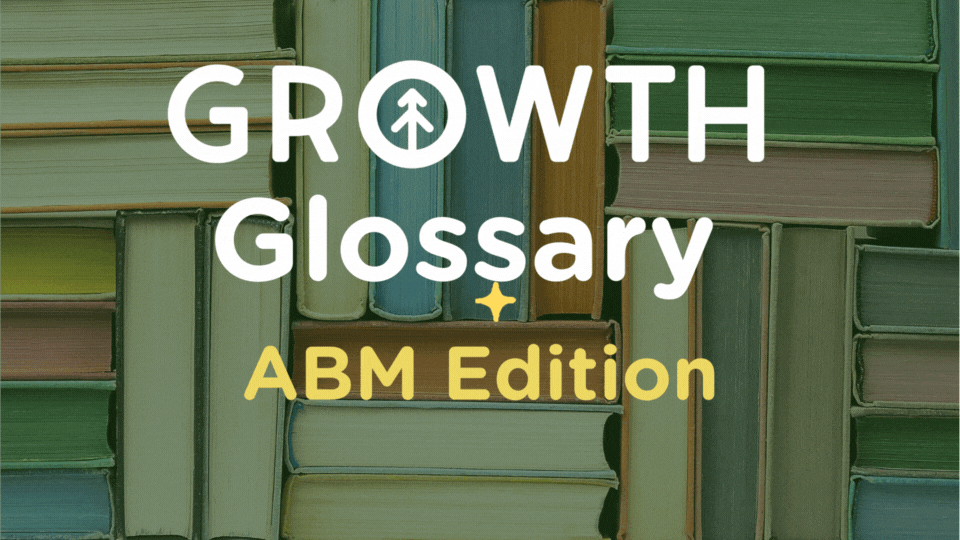 Inbound MarketingFeb 2, 2023
Inbound MarketingFeb 2, 2023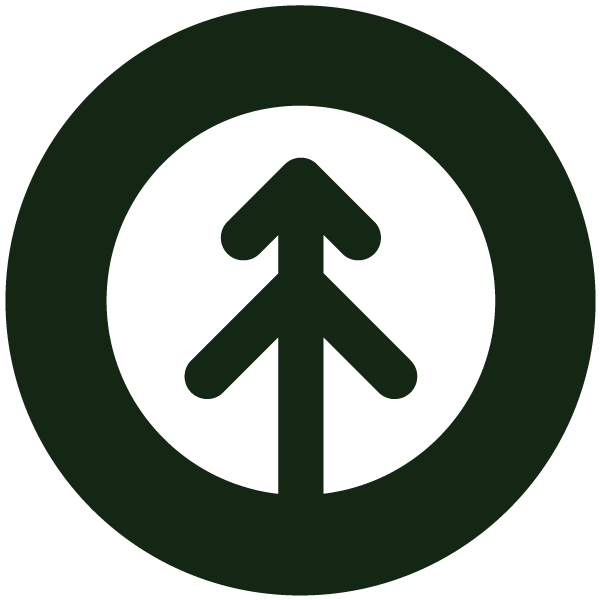 Growth Marketing Firm
Growth Marketing FirmGrowth Glossary: ABM Edition
(Updated July 31, 2023)
-
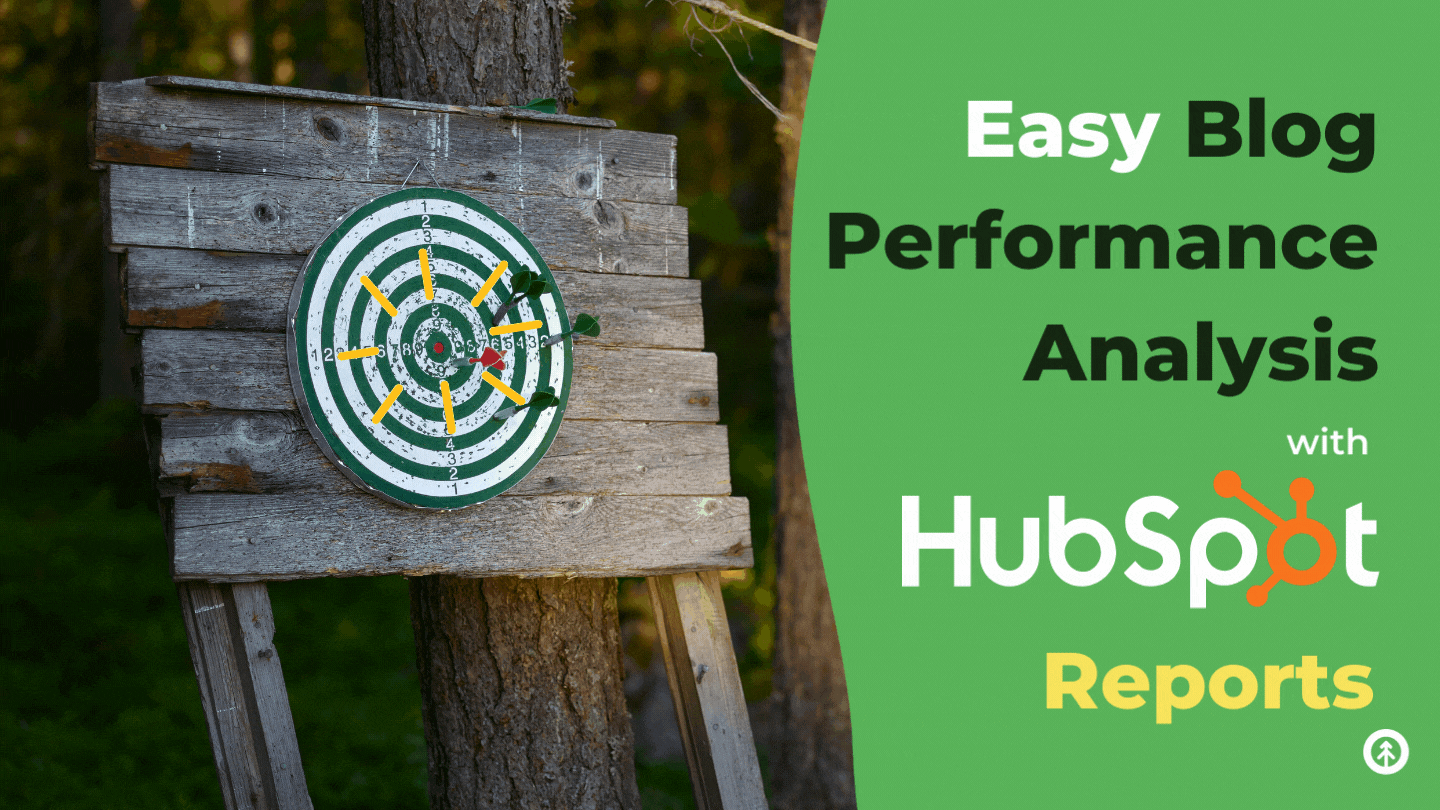 Inbound MarketingNov 23, 2021
Inbound MarketingNov 23, 2021 Growth Marketing Firm
Growth Marketing FirmEasy Blog Performance Analysis With Hubspot Reports
Updated January 21. 2022 Making decisions is easier when you use data to show you the right path.
-
 Website DesignDec 3, 2020
Website DesignDec 3, 2020 Ashley Lilly
Ashley LillyADA Compliance Matters: Website Design for Digital Accessibility
(Last updated May 19, 2022) When the Americans with Disabilities Act (ADA) was passed in 1990, it was to...
-
 Sales EnablementOct 18, 2021
Sales EnablementOct 18, 2021 Growth Marketing Firm
Growth Marketing FirmDrive Revenue Through Sales Pipeline Management
The term “in the pipeline” has become part of our everyday speech, and for good reason: it works as a...
-
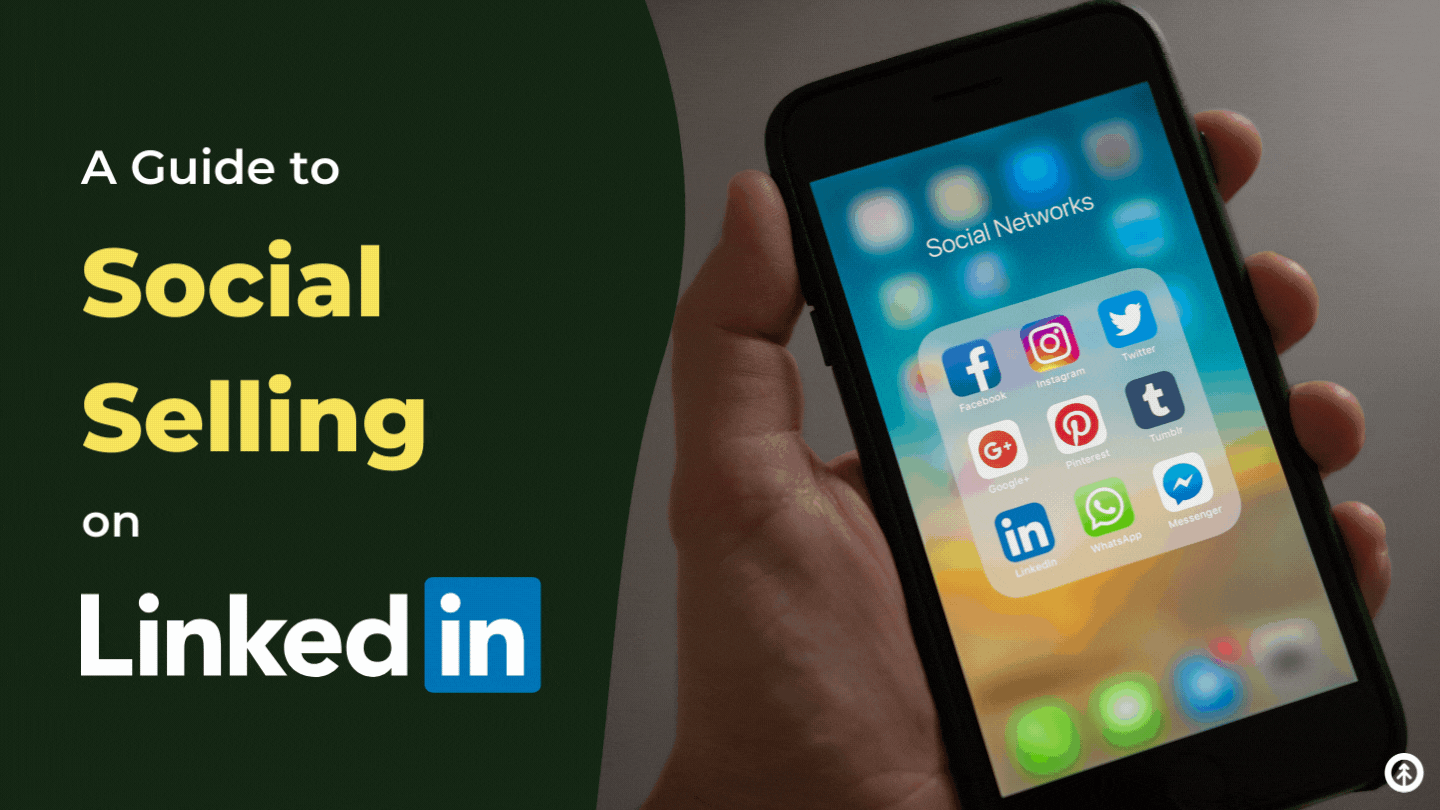 Sales EnablementSep 1, 2021
Sales EnablementSep 1, 2021 Growth Marketing Firm
Growth Marketing FirmA Guide to Social Selling on LinkedIn
(Last updated May 9, 2022)
-
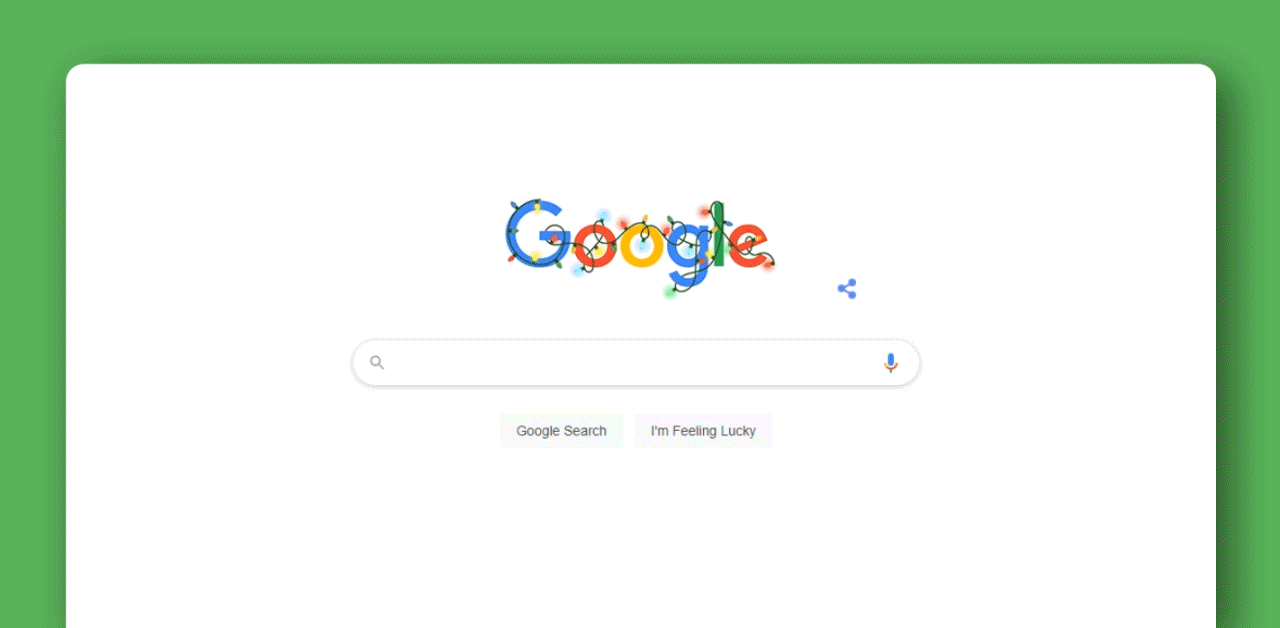 Inbound MarketingDec 18, 2020
Inbound MarketingDec 18, 2020 Ashley Lilly
Ashley LillyAre you Utilizing Google My Business to its Full Potential?
There are so many ways to increase awareness for your brand, business, or company. But when it comes to your...
-
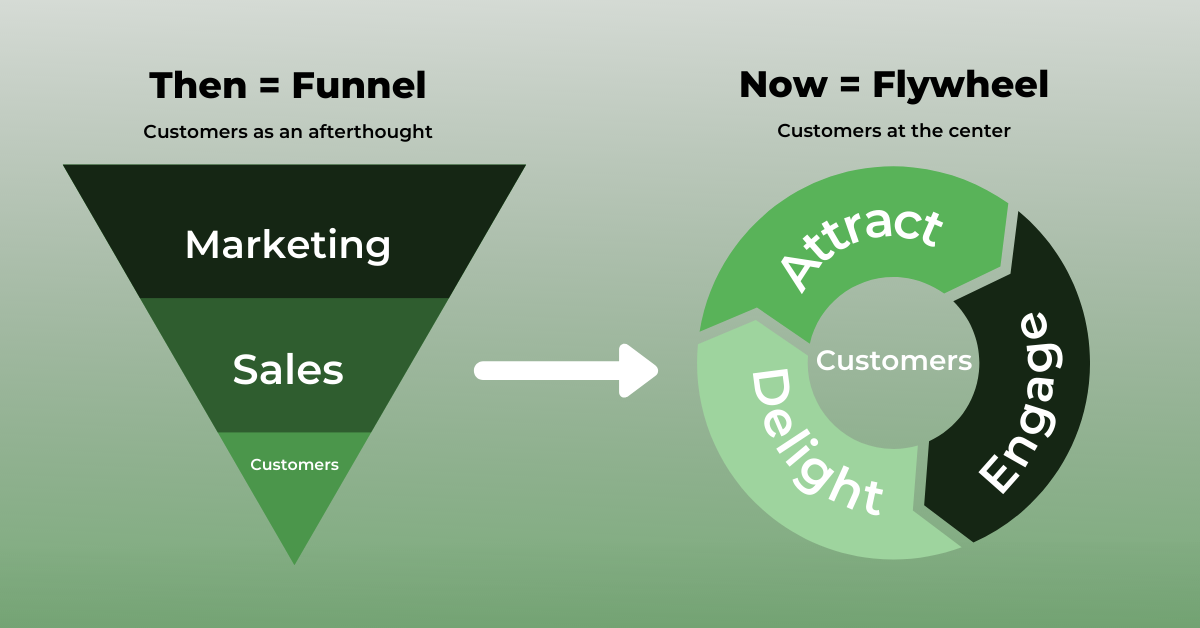 Inbound MarketingMay 7, 2021
Inbound MarketingMay 7, 2021 Ashley Lilly
Ashley LillyReplace your Sales Funnel with HubSpot Flywheel
Question: Does your business create content specifically for existing prospects with the purpose to convert...
-
 Sales EnablementNov 24, 2021
Sales EnablementNov 24, 2021 Growth Marketing Firm
Growth Marketing FirmBuilding Custom Reports in HubSpot
(Updated January 21, 2022) For anyone who’s unfamiliar with HubSpot and what it can do for your business: how...
-
 Sales EnablementApr 23, 2021
Sales EnablementApr 23, 2021 Will Davidson
Will Davidson3 Benefits of Utilizing Sales Automation in your Sales Process
So you’ve taken steps to ramp up your company’s sales by expanding your sales team, perhaps increasing their...

